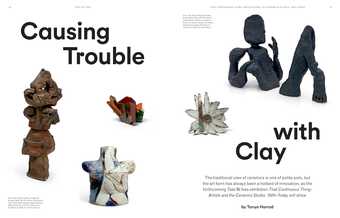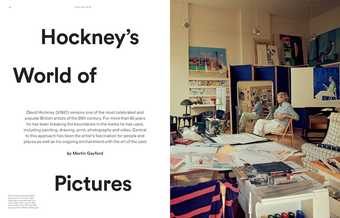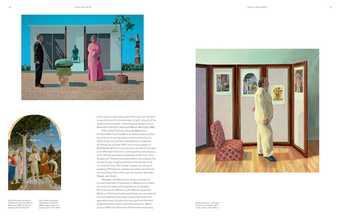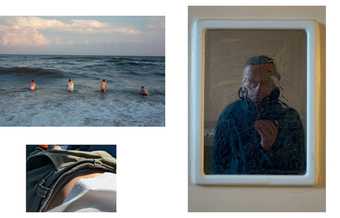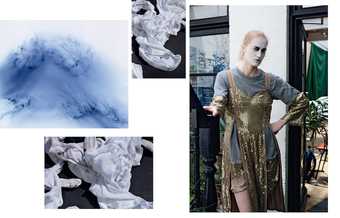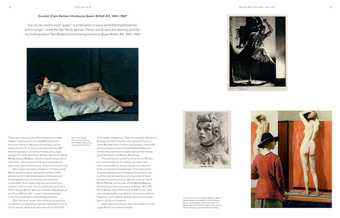Editor’s note
Do you remember your first experience in an art class? Getting sticky with glue, eating the Play-Doh, or smearing colours on bits of paper/the walls/each other? My own was making a large wobbly snake from bits of velvet stuffed with old tights and offcuts. The result was ‘Sir Hissalot’, who survives today as a very handy draught excluder.
Who knows if these early practical educational moments would shape what was to follow, but what matters most is that this opportunity existed at all. Most readers of Tate Etc. would agree that we are preaching to the converted by reiterating the value of art to us all, but what about the sizeable number of people who don’t share your passion for our rich visual culture? How to convince them?
Statistics can sometimes help. A recent survey of 200 civil engineering graduates from the University of Bath found that those who studied art and design offered a ‘1.74 per cent advantage’ to the class average. It is a small but important number. However, better than percentages are the real-life stories from those whose lives have been influeced by these earlier artistic experiences. Take the example of former MP Nick Raynsford, who tells us that the learning he received from his school art teacher Dennis Hawkins and then from his art college principal Fred Brill had a ‘profound impact’, and has taught him to ‘respond creatively’ throughout his life.
There are many people in this issue who are beneficiaries of artists and teachers who encouraged and supported them. Where would the likes of Bernard Leach, Gluck, Wolfgang Tillmans, or Jessica Warboys have been without them? And we would have a very different David Hockney were it not for Frank Johnson, the generously spirited teacher at Bradford Regional College of Art who recognised the potential in his teenage student. There would have been no Duncan Grant were it not for his enlightened aunt who persuaded his parents that he enrol at Westminster School of Art, there to be further encouraged by the French painter Simon Bussy. What direction might Richard Wentworth’s life have taken were it not for the potter Gordon Baldwin, who, as Wentworth evocatively writes, was ‘the miracle man in the art room who was quietly, even rigorously, saving me from the confusions of being an early 1960s adolescent’?
The message is clear – art really does change people, no matter what they may end up doing in life. Please do tell that to all your non-art-loving friends.
Simon Grant, editor


